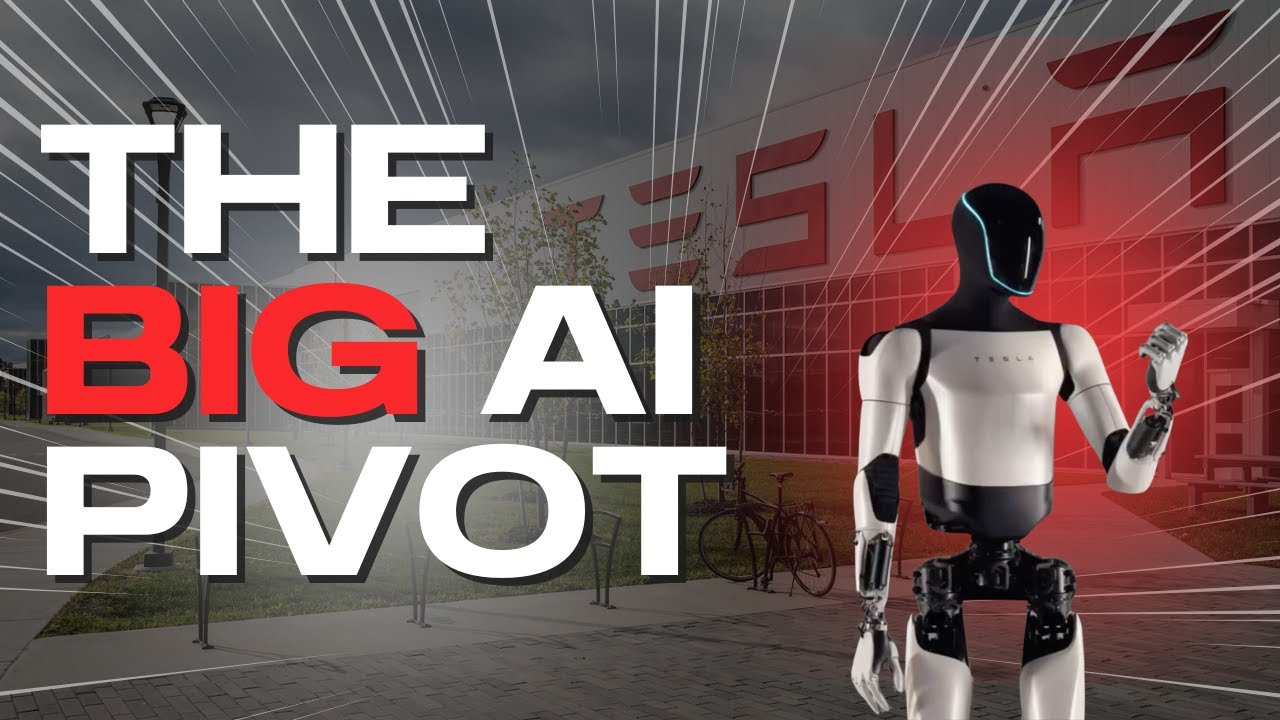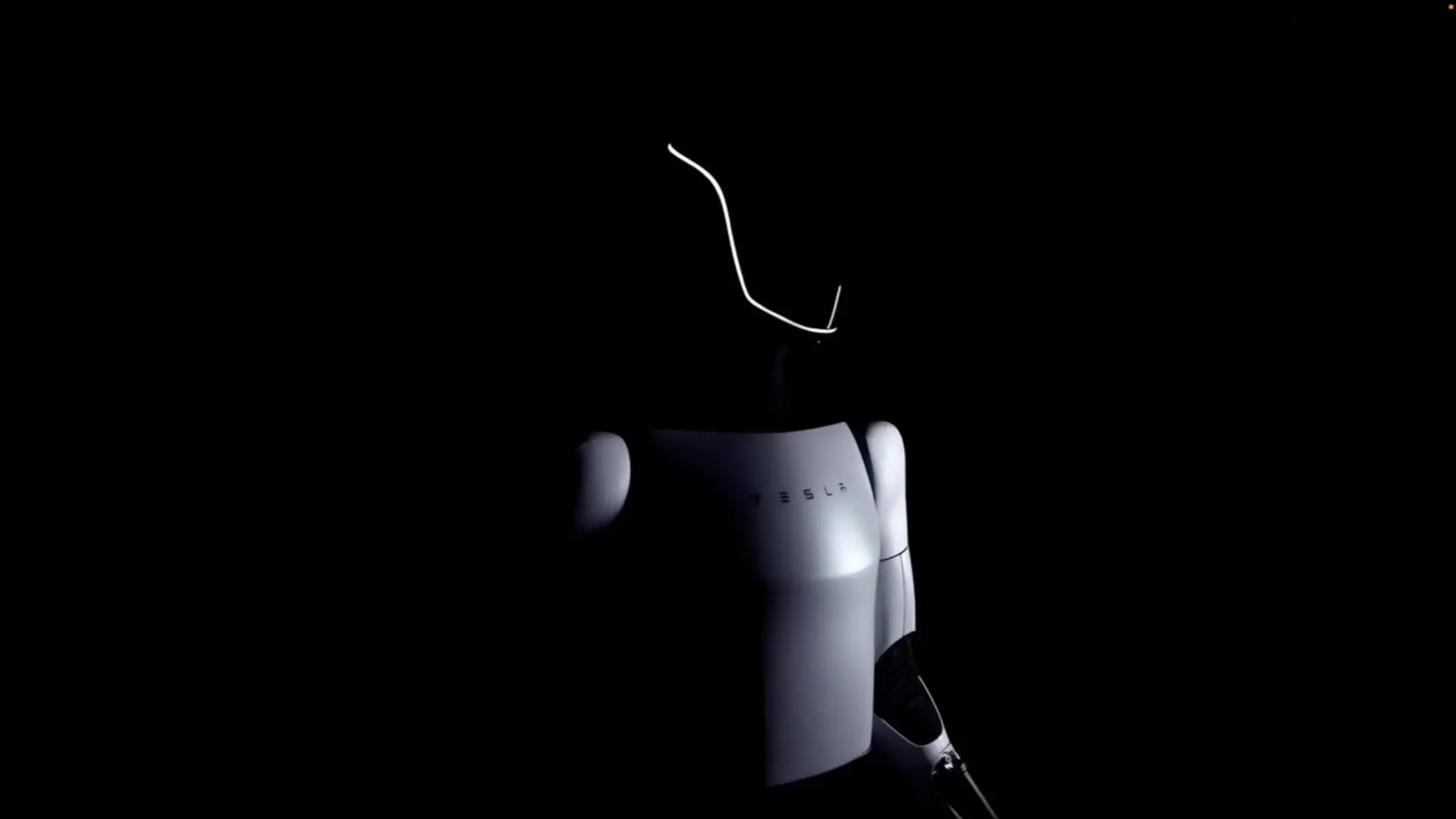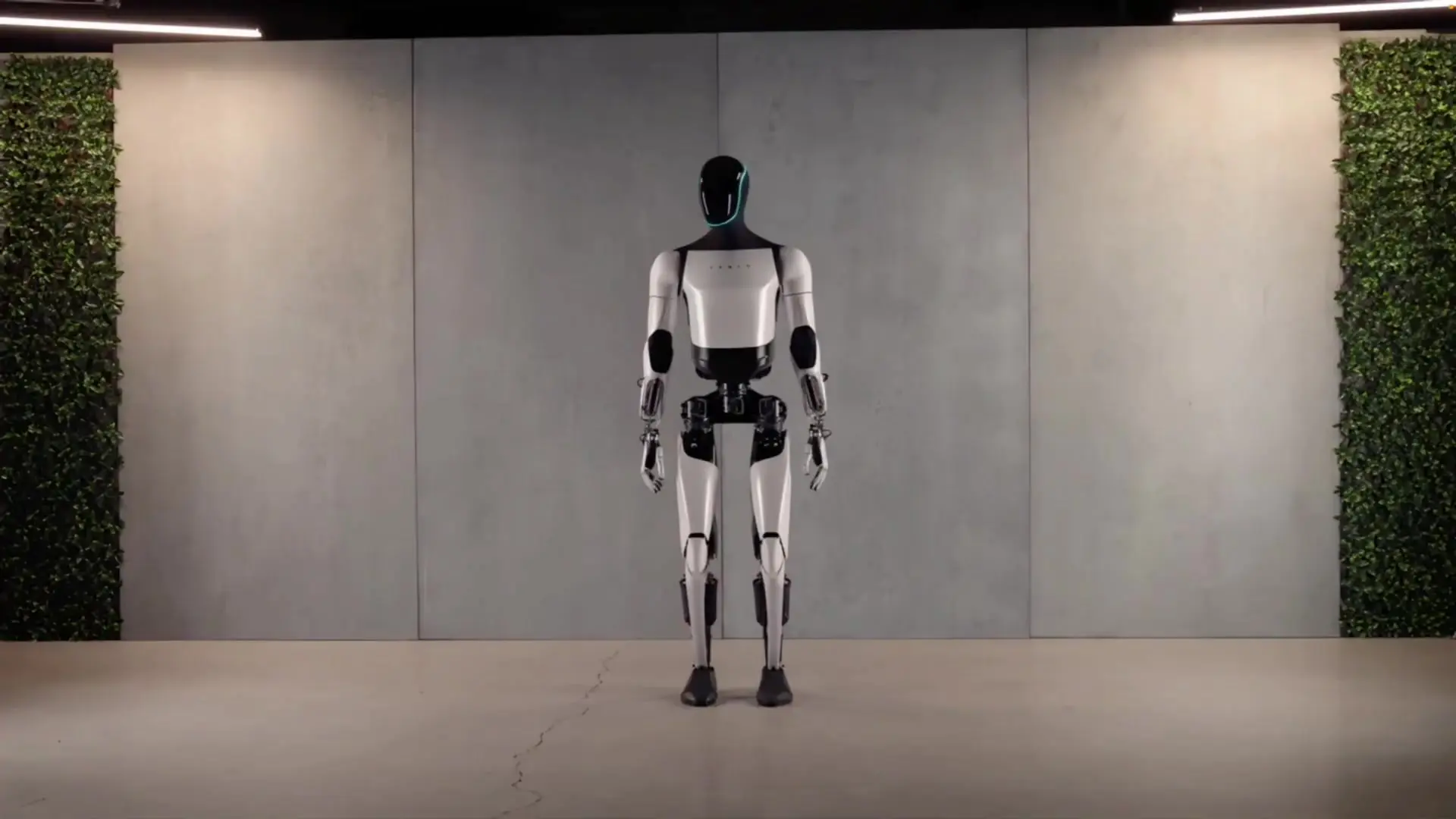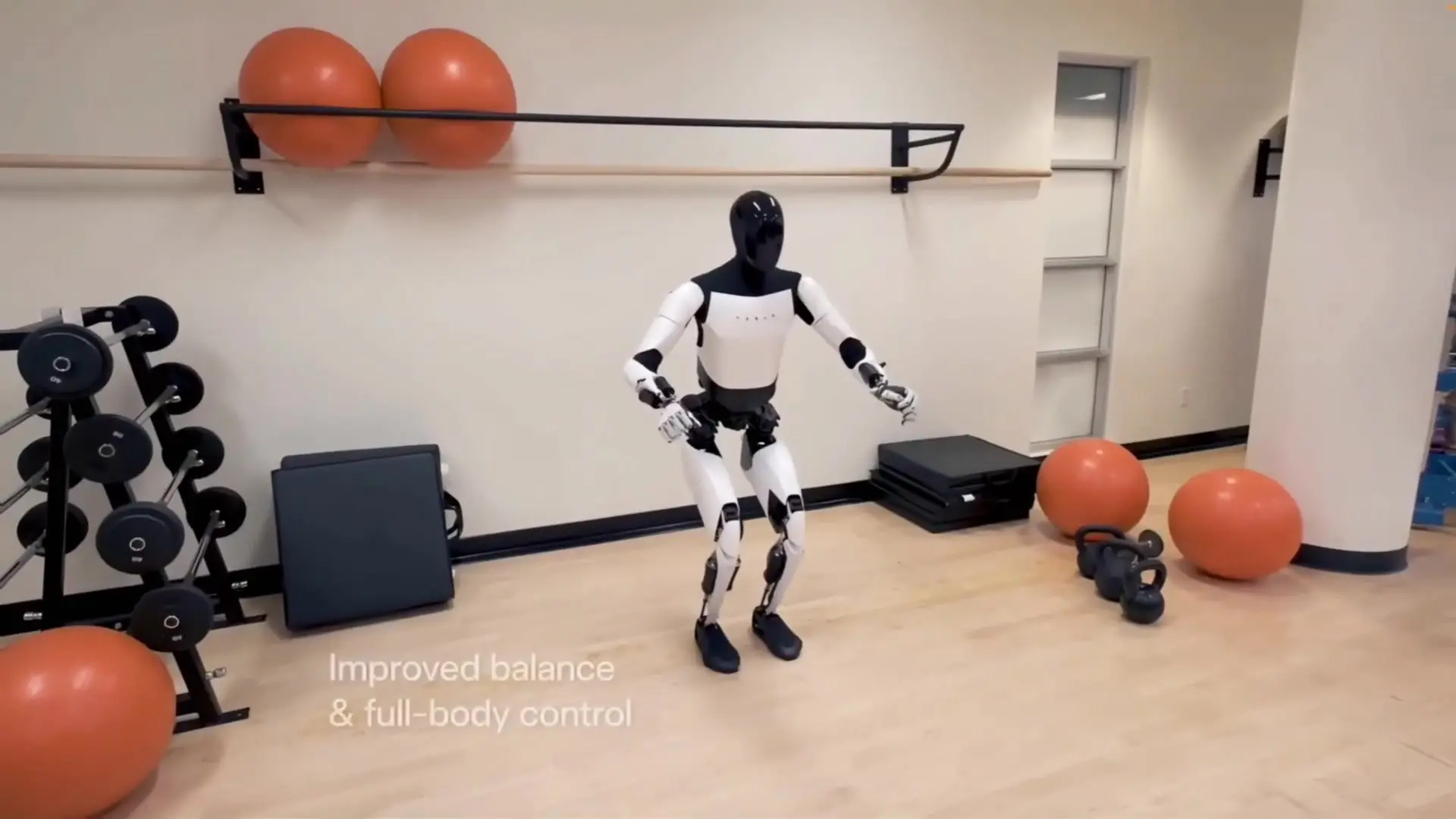
Elon Musk has made a groundbreaking announcement that could redefine not just Tesla's future, but potentially the entire landscape of AI technology. According to Musk, robots—not cars—will make up approximately 80% of Tesla's future value, signaling a dramatic shift in the company's strategic direction and identity.
Grok 5: Musk's Challenge to OpenAI and GPT-5
At the center of Musk's vision is Grok 5, the next iteration of his AI model that he claims is already outperforming GPT-5. Set to launch by the end of the year, Grok 5 represents a direct challenge to OpenAI and positions X AI as a major contender in the advanced language model space. Musk has described the upcoming model as "crushingly good," suggesting it will significantly advance beyond current capabilities.
What technology does Elon Musk use to power this ambitious AI system? The answer lies in Colossus, a massive new supercomputer in Memphis running on approximately 200,000 Nvidia GPUs, with plans to scale to 1 million. This represents what could be the largest AI training setup on Earth, providing the computational foundation for Grok's development.
Grok 5 is being designed as a multimodal system capable of processing not just text but also images and video—addressing a limitation of Grok 4. The model has already gained significant traction with 30 million monthly active users and over 153 million visits monthly, adding 9 million new users since July alone.
Tesla's Master Plan 4: Rebranding as an AI Company
Musk's latest master plan for Tesla represents a fundamental shift in how the company positions itself. While previous plans focused on affordable EVs, solar power, autonomy, and scaling production, Master Plan 4 centers entirely around artificial intelligence. Musk explicitly states that Tesla should now be thought of as an AI company rather than just a car manufacturer.
The plan highlights three key pillars that will define Tesla's future:
- Autonomous driving technology
- Robotics (particularly the Optimus humanoid robot)
- Supercomputing infrastructure
This strategic pivot comes at a challenging time for Tesla's traditional business. In Q2, the company saw revenue fall 12% year-over-year to $22.5 billion, with approximately 75% of revenue still derived from car sales. Musk himself has warned of "rough quarters ahead," suggesting that this AI-focused rebranding is partly aimed at maintaining Tesla's growth narrative during a slowdown in the EV market.
Optimus: The Humanoid Robot Revolution
Perhaps Musk's most ambitious claim revolves around Optimus, Tesla's humanoid robot project. What began in 2021 as a somewhat laughable demonstration featuring a person in a spandex suit has evolved into functioning prototypes capable of walking, carrying objects, and even folding clothes. Tesla has already demonstrated Optimus units working within its factories.

Musk's production targets for Optimus are ambitious. By the end of 2025, he projects that Tesla could have thousands of Optimus units operating in its facilities. The long-term vision is even more striking: scaling to 1 million robots annually by 2030, with each unit priced between $20,000 and $30,000.

If Musk's prediction that Optimus will constitute approximately 80% of Tesla's future value proves accurate, this represents a trillion-dollar pivot that could fundamentally reshape global labor markets and the company's identity. Tesla would effectively transform from an automotive company to a robotics and AI powerhouse.
The Reality Check: Challenges and Skepticism
While Musk's vision is undeniably bold, it's worth noting his history with ambitious timelines. Full Self-Driving capability remains incomplete despite years of promises, and the Cybertruck launched two years behind schedule. Critics have described Master Plan 4 as containing "vague AI promises" without specific technical breakthroughs or hard deadlines.

The company that is developing AI technology for Elon Musk's driverless cars has faced significant challenges, and similar hurdles could impact the Optimus timeline. However, even if Musk delivers only a portion of this vision, the potential impact remains substantial.
Musk's Integrated AI Ecosystem
What separates Musk's AI strategy from competitors is his focus on vertical integration. Tesla builds the hardware (cars and humanoid robots), X AI develops the large language models like Grok, X (formerly Twitter) provides distribution to hundreds of millions of users, and Starlink offers global connectivity.
This integrated approach creates a comprehensive AI ecosystem that could potentially outmaneuver more specialized competitors. While companies like OpenAI focus primarily on software, Musk is attempting to control the entire technology stack from hardware to algorithms to distribution.
Investment Implications and Future Outlook
Investor opinions on Musk's AI ambitions remain divided. Skeptics view his projections as unrealistic, while supporters point to his track record of achieving seemingly impossible goals, from reusable rockets to mass-market electric vehicles. Some analysts, like those at Ark Invest, project that Tesla's robo-taxi business alone could constitute 90% of the company's value by 2029—even before factoring in humanoid robots.
Competing with established AI leaders like OpenAI, Anthropic, and Google will require billions in investment, but Musk has already secured millions of users and is building what he claims is the world's largest AI supercomputer. The question of how Elon Musk's AI technology will impact jobs remains open, but the potential for disruption is significant if his vision materializes even partially.
Conclusion: Reshaping the AI Landscape
In a remarkably short period, Elon Musk has attempted to reposition himself as the face of AI's future through three key initiatives: Grok 5 (challenging GPT-5's capabilities), Master Plan 4 (rebranding Tesla as an AI-first company), and Optimus (humanoid robots that could transform the global workforce).
Whether Musk's vision represents the genuine future of artificial intelligence or simply ambitious hype remains to be seen. However, his integrated approach and proven ability to drive industry transformation suggest that his AI empire could significantly influence the technology landscape in the coming years. If even a fraction of his plans materialize, the AI future might be shaped not in Silicon Valley boardrooms but in Tesla factories.
Let's Watch!
Tesla's AI Revolution: How Musk is Betting on Robots Over Cars
Ready to enhance your neural network?
Access our quantum knowledge cores and upgrade your programming abilities.
Initialize Training Sequence